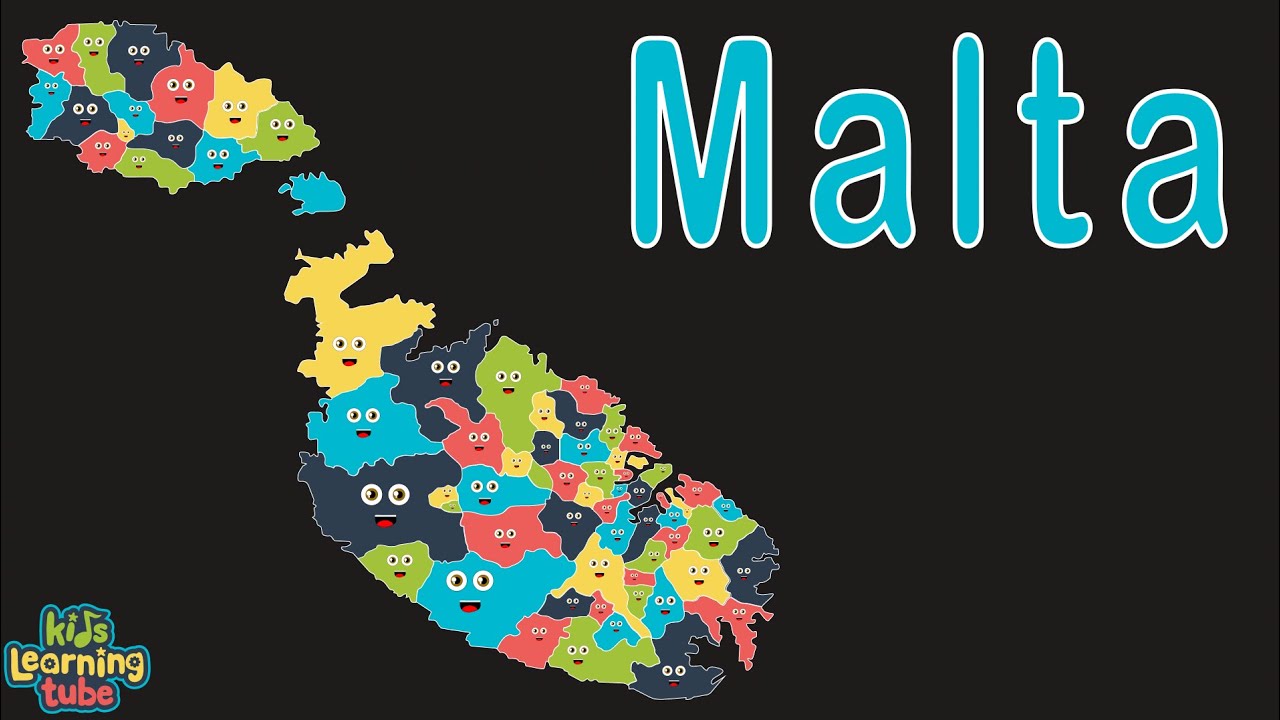Introduction to Malta and Rhode Island
Malta and Rhode Island are two distinct regions that share similarities in terms of size and population. Malta is an archipelago located in the Mediterranean Sea, while Rhode Island is one of the smallest states in the United States, situated in the New England region. Both Malta and Rhode Island have rich histories, unique cultures, and vibrant economies. In this article, we will explore the size comparison between these two regions, their geographical locations, population sizes, density, coastline lengths, major cities, education systems, tourism, and more.
Geographical Location of Malta and Rhode Island
Malta is an island country located in the central Mediterranean Sea, approximately 80 kilometers south of Sicily, Italy. It consists of three main islands: Malta, Gozo, and Comino. On the other hand, Rhode Island is situated in the New England region of the United States. It is bordered by Connecticut to the west and Massachusetts to the north and east, with the Atlantic Ocean to the south.
Size Comparison: Malta and Rhode Island
In terms of land area, Malta and Rhode Island are relatively small regions. However, Malta is significantly smaller than Rhode Island. While Malta covers an area of only 316 square kilometers, Rhode Island has a land area of approximately 3,140 square kilometers. This makes Rhode Island almost ten times larger than Malta.
Land Area: Malta vs Rhode Island
As mentioned earlier, Malta’s land area is 316 square kilometers. Despite its small size, Malta has managed to develop a thriving economy and a rich cultural heritage. In comparison, Rhode Island has a significantly larger land area of approximately 3,140 square kilometers, making it one of the smallest states in the United States. Rhode Island’s land area allows for diverse landscapes, including coastal areas, forests, and urban centers.
Population Size: Malta vs Rhode Island
Despite its small land area, Malta has a relatively large population. As of 2021, Malta has an estimated population of around 514,000 people. In contrast, Rhode Island has a higher population due to its larger land area. According to recent data, Rhode Island is home to approximately 1.1 million people. The population density in both regions is relatively high, considering their limited land areas.
Density: Malta vs Rhode Island
Given the small size and substantial populations of both Malta and Rhode Island, the population density in these regions is relatively high. Malta has a population density of approximately 1,625 people per square kilometer. Similarly, Rhode Island has a population density of around 350 people per square kilometer. These figures highlight the compact nature of both regions and the concentration of people within limited areas.
Coastline Length: Malta vs Rhode Island
Malta’s coastline is renowned for its stunning beauty and historical significance. Despite its small size, Malta has an impressive coastline that stretches for approximately 196 kilometers. Rhode Island, on the other hand, boasts an even longer coastline due to its larger land area. With a coastline length of approximately 660 kilometers, Rhode Island offers a wealth of coastal attractions, including picturesque beaches, lighthouses, and fishing villages.
Major Cities in Malta and Rhode Island
In Malta, the capital city Valletta is the major urban center and a UNESCO World Heritage site. Other significant cities include Mdina, Rabat, and Sliema. In Rhode Island, the capital city Providence is the largest and most populous city. Other major cities in Rhode Island include Warwick, Cranston, and Pawtucket. Both regions have bustling urban centers that serve as economic and cultural hubs.
Economy: Malta vs Rhode Island
Malta and Rhode Island have diverse and thriving economies. Malta’s economy is characterized by sectors such as finance, manufacturing, tourism, and shipping. The country’s strategic location in the Mediterranean has played a significant role in attracting foreign investments and promoting international trade. Rhode Island, on the other hand, has a diverse economy with sectors such as healthcare, education, manufacturing, and services contributing to its growth.
Education System: Malta vs Rhode Island
Both Malta and Rhode Island have well-developed education systems that prioritize high-quality education. Malta’s education system follows a similar structure to that of many European countries, with compulsory education from ages 5 to 16. The country has several reputable universities and educational institutions. In Rhode Island, there are numerous renowned universities and colleges, including Brown University and the University of Rhode Island, offering a wide range of academic programs.
Tourism: Malta vs Rhode Island
Tourism plays a crucial role in the economies of both Malta and Rhode Island. Malta attracts millions of tourists each year who come to explore its historical sites, beautiful beaches, and vibrant culture. The island offers a rich historical heritage, including UNESCO World Heritage sites such as the ancient city of Mdina and the Megalithic Temples. Rhode Island, with its charming coastal towns, cultural attractions, and rich history, also attracts tourists. Popular tourist destinations in Rhode Island include Newport with its famous mansions and Block Island with its stunning beaches.
Conclusion: Comparison between Malta and Rhode Island
In conclusion, Malta and Rhode Island, despite their differences in geographical location and size, share several similarities. Both regions have relatively small land areas and high population densities. While Malta is an archipelago situated in the Mediterranean Sea, Rhode Island is a state in the United States. Despite their small sizes, both regions have thriving economies, well-developed education systems, and vibrant tourism industries. Exploring the unique characteristics and offerings of Malta and Rhode Island is an enriching experience that showcases the diversity of the world we live in.





